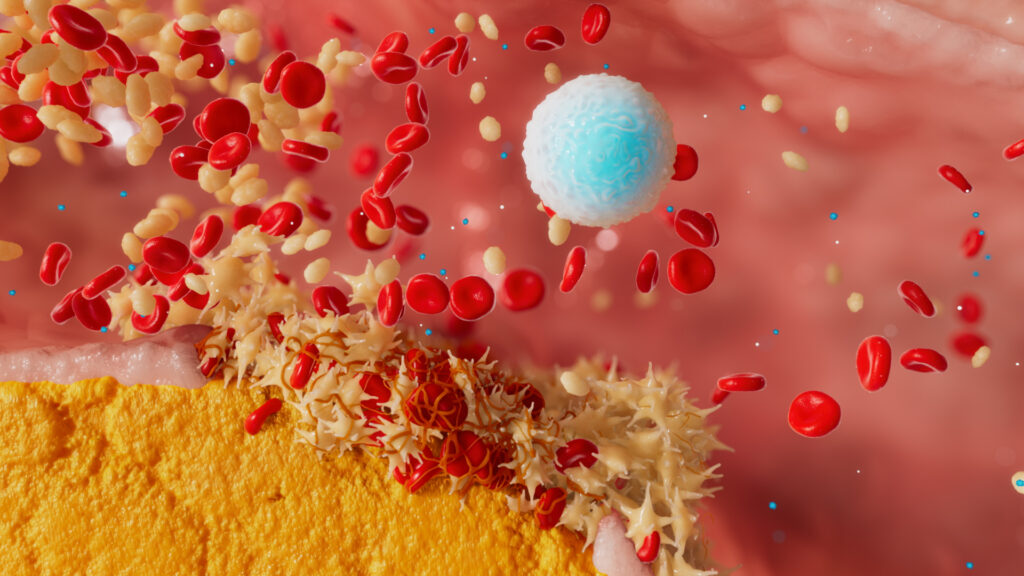Uses of Animation in Healthcare & Pharmacology
The only limitation to the application of medical animation videos is the imagination of the medical animators. 3D animation can be utilised to facilitate an enhanced experience in many aspects of the healthcare industry, from explainer videos for patients to the production of training for students.
Here at Sliced Bread Animation, we’re an expert medical animation company and recognised producer of healthcare animation projects. Using our experience of producing 3D visuals to enhance conceptualisation of medical messages, we detail some of the most common uses of 3D animation in healthcare and pharmacology.
Pharmacology Processes
Sometimes, it’s necessary for healthcare professionals to communicate the invisible.
It’s important to explain to patients the effects and reactions involved in prescribed medicine; but how can doctors communicate these processes (known as the mechanism of action), if they can’t visualise them?
The answer is in animated 3D models.
The production of scientific animations and computer graphics simulations can allow what we might consider a medical illustration – a package of visuals that effectively communicate pharmacological phenomena, occurring within the body at a microscopic level.
Medical Training
The speed at which humans process visual information is well documented: according to some reports, our brains process images 60,000x faster than text, and up to 90% of all information transmitted to the brain is visual (Thermopylae).
Therefore, it makes sense that when educational institutions are training students of medicine – which includes some tremendously complex themes and devices – they turn to 3D visualisations to do so.
In other words, scientific animations and 3D models have proven to be the most effective methods of training students in medical procedures and concepts.
Patient Conceptualisation
A great deal of research has gone into the power of ‘the mind’s eye’ in aiding and accelerating patient recovery, and the results have been overwhelmingly positive. Indeed, many pre-modern cultures and civilisations believed in the restorative, healing power of visualisation and imagination.
According to Johns Hopkins Medicine, “by creating images in your mind, you can reduce pain and other symptoms,” and images allow patients to “create a kind of daydream that ‘removes’ them from or gives them control over their present circumstances” (Johns Hopkins Medicine).
One of the most effective ways healthcare practitioners can assist patients in this is by providing medical animation videos. These 3D models and simulations can be the visual foundation upon which patients conceptualise their treatment and recovery.
Build a Quality Health Brand Experience with 3D Animation
Private or public sector; the pressures on healthcare services are more extreme than ever before.
With the world’s population having recently surpassed 8 billion (WBUR), it’s essential for medical providers to build a positive relationship with patients. It can increase brand familiarity, public awareness and a powerful sense of togetherness.
A significant amount of work must go into building this provider/patient rapport, but a good deal of the heavy lifting can be achieved through software animation.
People, history has proven, tend to fear those things they don’t understand – and medical concepts can often be mystifying, for those outside the industry. One way to communicate complex medical concepts to the wider public is through 3D visualisations.
Similarly, healthcare services can employ 3D medical animations to cultivate feelings of empathy, understanding and affinity. Given the real and present danger of a public disconnect from medical services, the power of this positive sentiment cannot be understated.









